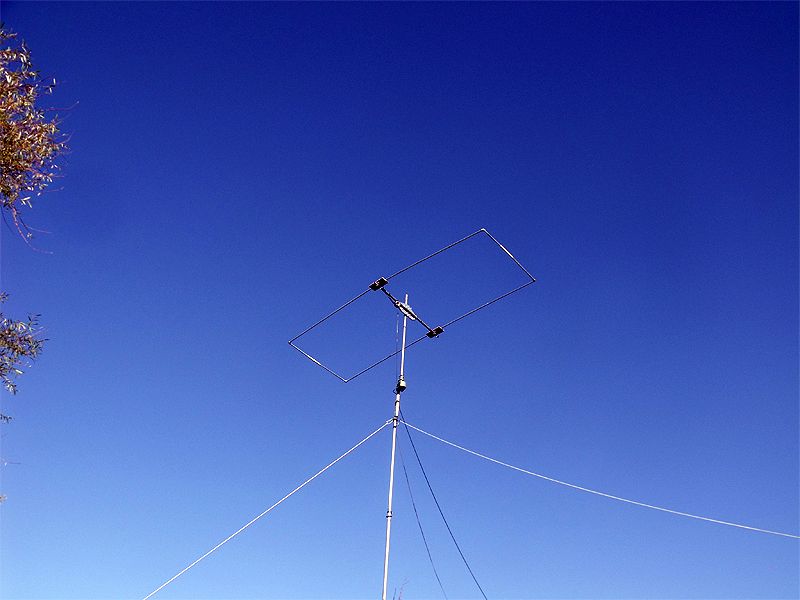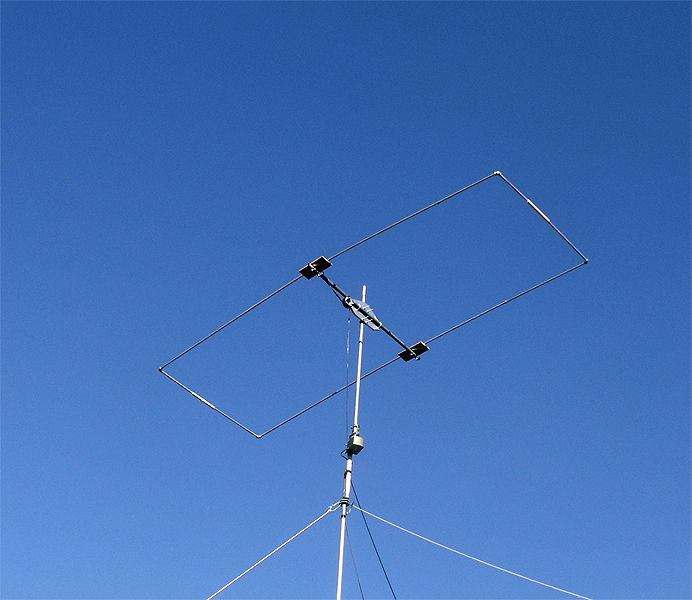Hello Marconi,
Its certainly not about who is right or wrong, its more like what is rigth or wrong that is of use, thats why i like this forum.
Its has the tendancy of beeing polite.
I wrote down a lot of things, but delted them cause i appriciate this thread and you.
From here we can do two things:
1-we keep on going in this thread.
2-you contact me in private and continue from there…and be back with what we have “gained”.
Your call
Kind regards,
H.
Its certainly not about who is right or wrong, its more like what is rigth or wrong that is of use, thats why i like this forum.
Its has the tendancy of beeing polite.
I wrote down a lot of things, but delted them cause i appriciate this thread and you.
From here we can do two things:
1-we keep on going in this thread.
2-you contact me in private and continue from there…and be back with what we have “gained”.
Your call
Kind regards,
H.
Last edited:


